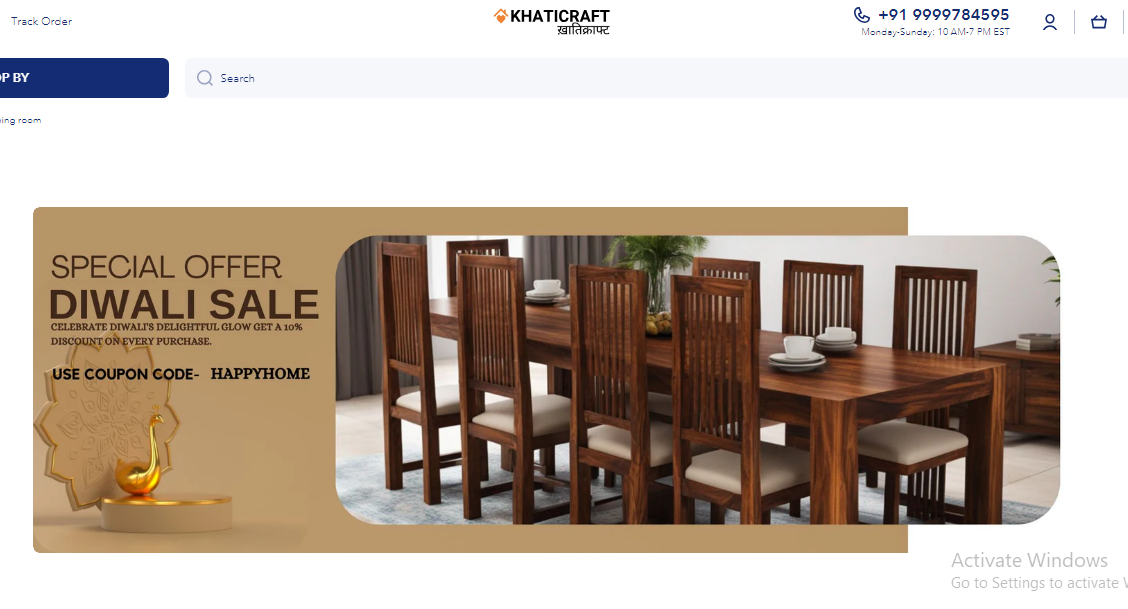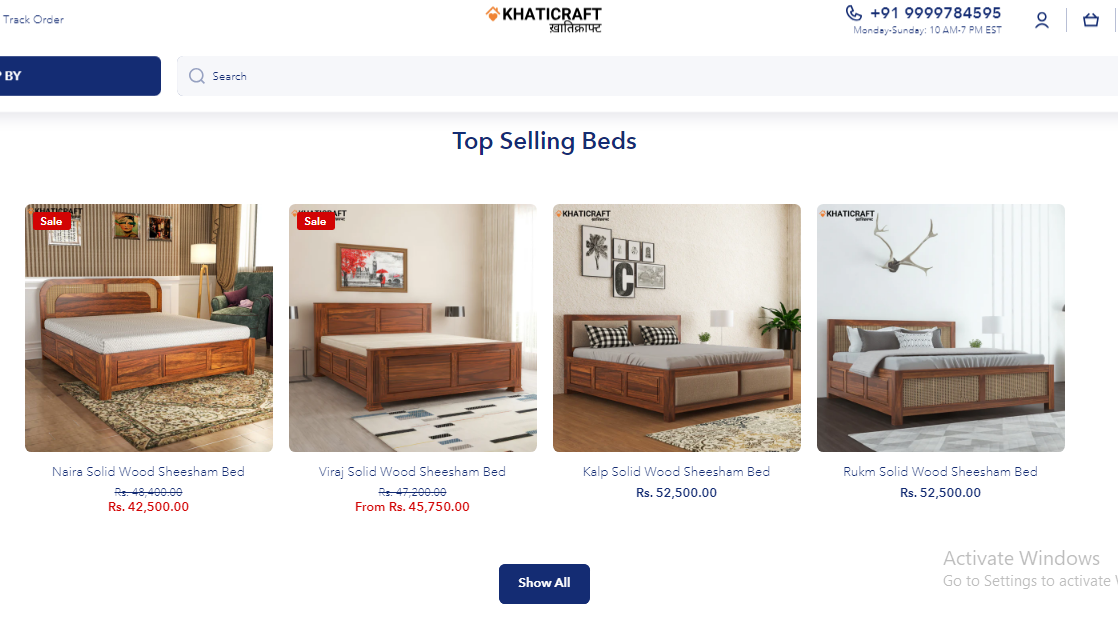KHATI-
-CRAFT

Build, streamline and evolve together with solution
From Good to Great: Enhancing User Experience on Your E-commerce Website
In the competitive world of online retail, having an e-commerce website that stands out is crucial for success. One of the key factors that can make or break your online store is user experience (UX). Enhancing user experience on your e-commerce website not only attracts more visitors but also converts them into loyal customers. In this guide, Freelancing Marval explore effective strategies for enhancing user experience on your e-commerce website, ensuring that your online store goes from good to great.
Understanding the Importance of User Experience
- Increased Conversion Rates: A positive user experience can significantly boost your conversion rates. When visitors find your site easy to navigate and use, they are more likely to make a purchase.
- Customer Retention: Enhancing user experience on your e-commerce website helps in retaining customers. Satisfied customers are more likely to return and make repeat purchases.
- Brand Loyalty: A great user experience fosters brand loyalty. Customers who have a positive experience with your site are more likely to recommend your store to others.
Key Strategies for Enhancing User Experience on Your E-commerce Website on Shopify, wordpress etc.
To take your e-commerce website from good to great, consider implementing the following strategies:
1. Simplify Navigation
One of the most critical aspects of enhancing user experience on your e-commerce website is simplifying navigation. Ensure that your site is easy to browse with clear categories and subcategories. A well-organized menu helps users find what they’re looking for quickly, reducing frustration and improving their overall experience.
- Use Clear Labels: Use straightforward and descriptive labels for your navigation menus. Avoid jargon and ensure that categories are logically arranged.
- Implement a Search Function: A robust search function is essential for helping users find specific products quickly. Include filters to refine search results, making it easier for customers to locate items.
2. Optimize for Mobile
With a significant portion of e-commerce traffic coming from mobile devices, optimizing your website for mobile is crucial. Enhancing user experience on your e-commerce website involves ensuring that it is fully responsive and provides a seamless experience across all devices.
- Responsive Design: Use a responsive design that adjusts your website’s layout based on the screen size of the device being used.
- Fast Load Times: Ensure that your mobile site loads quickly. Slow loading times can lead to high bounce rates and lost sales.
3. Streamline the Checkout Process
A complicated checkout process is one of the main reasons for cart abandonment. Enhancing user experience on your e-commerce website means making the checkout process as simple and straightforward as possible.
- Guest Checkout: Allow customers to make purchases without creating an account. This reduces friction and speeds up the checkout process.
- Multiple Payment Options: Offer various payment options to cater to different customer preferences. Include popular methods such as credit/debit cards, PayPal, and other digital wallets.
4. High-Quality Visuals and Descriptions
Enhancing user experience on your e-commerce website involves providing high-quality product images and detailed descriptions. Customers rely on visuals and information to make purchasing decisions.
- High-Resolution Images: Use high-resolution images with zoom functionality so customers can see product details clearly.
- Detailed Descriptions: Provide comprehensive product descriptions that include specifications, dimensions, materials, and other relevant details.
5. Implement Customer Reviews and Ratings
Customer reviews and ratings are crucial for building trust and credibility. Enhancing user experience on your e-commerce website includes integrating reviews and ratings for products.
- Review Sections: Add review sections on product pages where customers can leave feedback and ratings.
- Respond to Reviews: Engage with customers by responding to reviews, whether positive or negative. This shows that you value customer feedback and are committed to improving their experience.
6. Personalization
Personalization is a powerful tool for enhancing user experience on your e-commerce website. Tailor the shopping experience to individual users based on their browsing history, preferences, and previous purchases.
- Product Recommendations: Use algorithms to recommend products that are relevant to each user.
- Personalized Emails: Send personalized emails with product suggestions, discounts, and special offers based on customer behavior.

Measuring the Impact of User Experience Enhancements
Evaluating the effectiveness of user experience (UX) enhancements is crucial for understanding their impact on e-commerce success. By analyzing key metrics such as user engagement, conversion rates, and customer satisfaction, businesses can gauge the direct benefits of UX improvements. Tools like Google Analytics and user feedback surveys provide valuable insights into user behavior and preferences, helping to identify which enhancements drive positive outcomes. A/B testing different UX strategies allows for data-driven decisions, ensuring that changes lead to measurable improvements in user retention and overall revenue





Enhancing user experience on your e-commerce website is about creating a seamless, enjoyable, and efficient shopping journey for your customers. A well-designed UX can lead to higher customer satisfaction, increased sales, and a strong competitive edge. Here’s why it matters:



